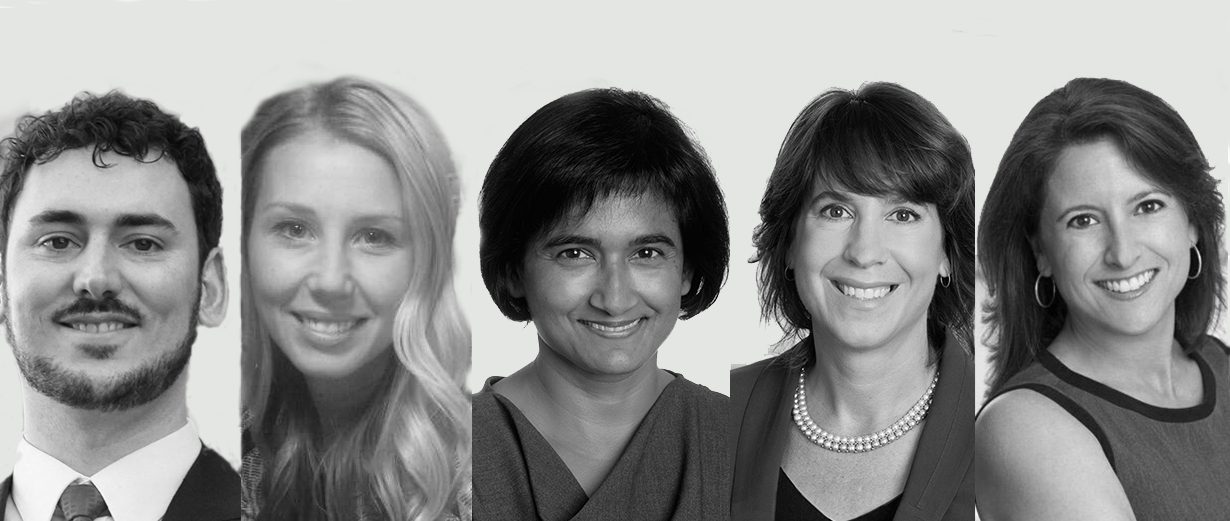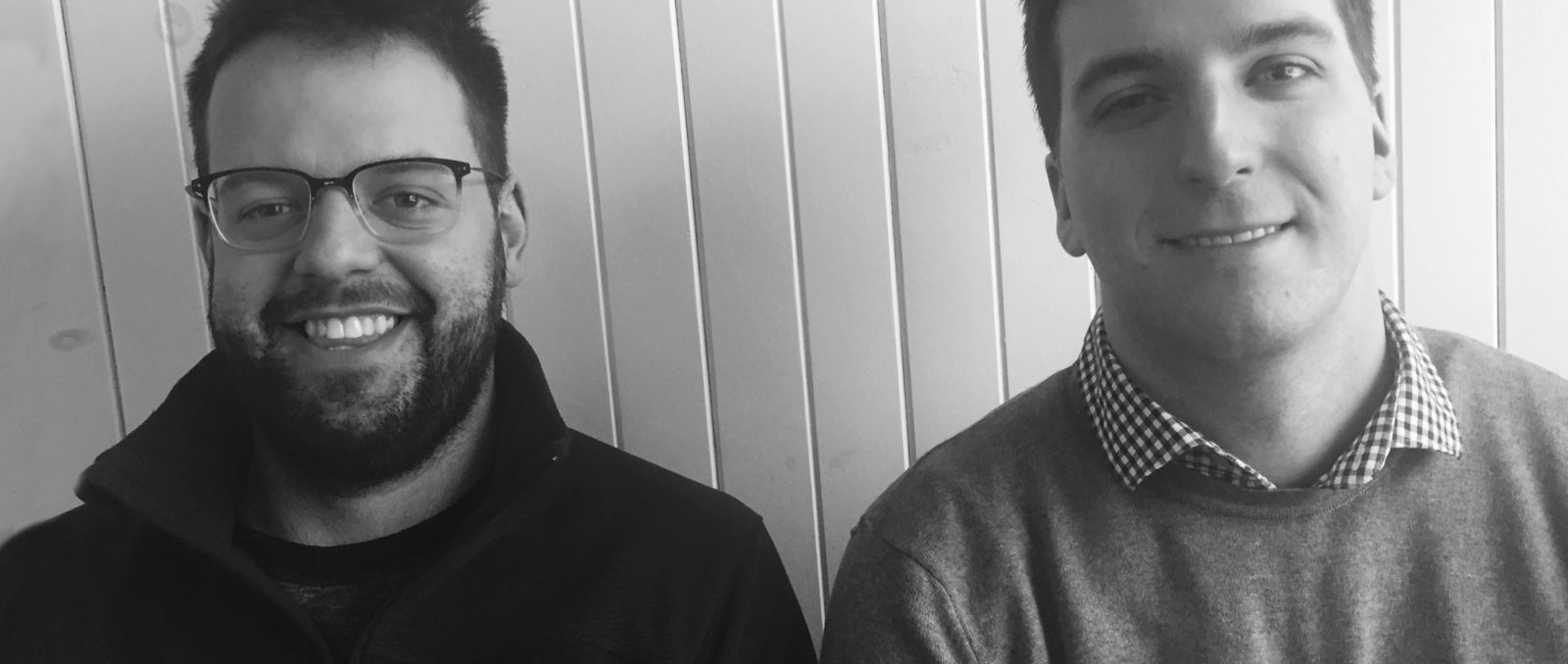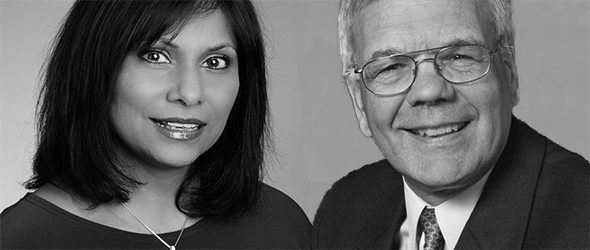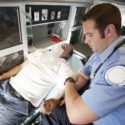health human resources
Exhausted PSWs need help. Regulation is the first step
Taking action on physician wellbeing
Medical conferences must face virtual reality
Family physicians need to be protected in a pandemic
#GetMePPE: help us supply PPE to Ontario care facilities in need.
Patient care at risk as Alberta refuses binding arbitration with its doctors
Long wait times defy quick fixes
How to unlock the hidden potential in hospital volunteers
Does Ontario have too many under-regulated health workers?
Change Day comes to Canadian health care – but will it make a difference?
Us and Them: Why patient-defined health teams don’t communicate well

Patients and their families have many people who contribute to their care – different types of providers in different departments and institutions. Yet, despite sharing the goal of improving the same patient’s health, providers often don’t communicate with one another – as many patients know all too well. Many policy makers and providers are currently …
Medical school enrolment is an expensive mystery

Why were 957 first-year students enrolled in Ontario’s six medical schools in September 2015? Why not, say, 800 or 1,001? You might think that medical school enrolment numbers are based on the best estimates of how many doctors will be needed in the future. But that’s not the case. Physician workforce planning is plagued by …
Breaking the silence: Should health workers ask about domestic violence?

In an emergency department in Calgary, a woman says she slipped on the ice, but her injuries don’t match a fall. In a private setting, the nurse begins to talk to her about domestic violence. Initially, the patient insists that she slipped, but after a long conversation, the nurse and the patient call the police together. …
Less science, more diversity: How Canadian medical school admissions are changing

When Melissa Shears applied to medical school, it felt like a lottery. “You hear the numbers of how many people apply, and how many people get in – it’s quite overwhelming,” she says. But now the first year Queen’s medical student has a different perspective. “I think they look for people with really diverse and …
Are we training too many doctors, or too few? Why no one really knows

Across Canada, governments, medical schools and health providing organizations continue to struggle with one of the most difficult questions in health care: How many doctors in each area of medicine do we train today to meet tomorrow’s health care needs? In Ontario, concern of an oversupply of doctors in some specialties led the government to …
Many hospitals don’t do enough to support health workers after an adverse event

The boy stopped breathing. That morning, he had been admitted with what seemed like a seizure to the emergency room at IWK Health Centre in Halifax. He had been given drugs to stop the seizure. Katrina Hurley, an emergency doctor just starting her night shift and taking over the case, thought the boy was over-sedated …
Hospitals must do more to help late-career docs transition to retirement

Unemployed youth is a worldwide problem. This problem is creeping into medicine and affecting our new doctors too. In recent years, there have been discussions about the lack of physicians in Canada. Much of this has been based on anecdotal and reported evidence of unmet health care needs of Canadians including long waiting lists and …
Changes to temporary foreign worker program have unintended impacts on doctors

Reports of low-skilled Canadian workers being replaced with those from other countries spurred changes earlier this year to the Temporary Foreign Worker Program. But they’ve made it harder for areas in need of physicians as well. The system was overhauled this summer after reports that companies were misusing the program, with Canadian workers at RBC and …
From the factory floor to the emergency department: Hospitals explore Lean method

Can health care learn from assembly lines? Manitoba’s St. Boniface General Hospital thinks so. It’s been using Lean, a system inspired by Toyota, on processes around the institution. Last year, one of its projects was to reduce wait times for CT scans. Staff ran a Rapid Improvement Event, where a team mapped out patient flow and …










